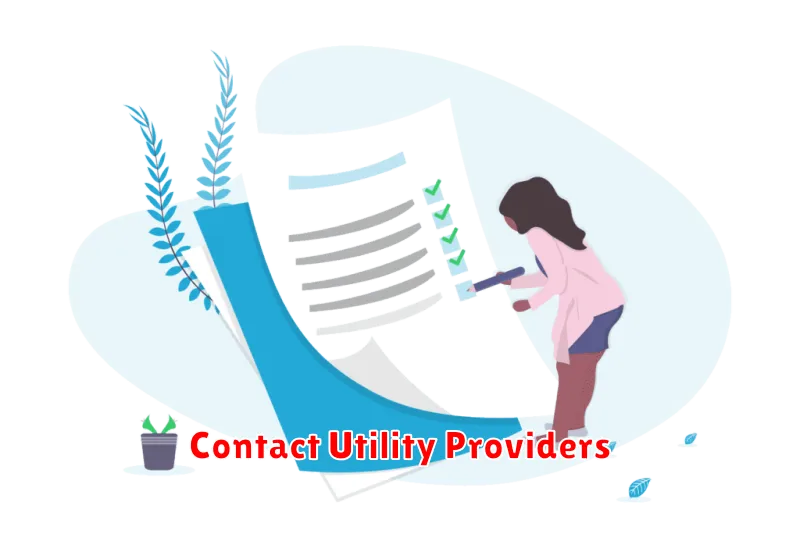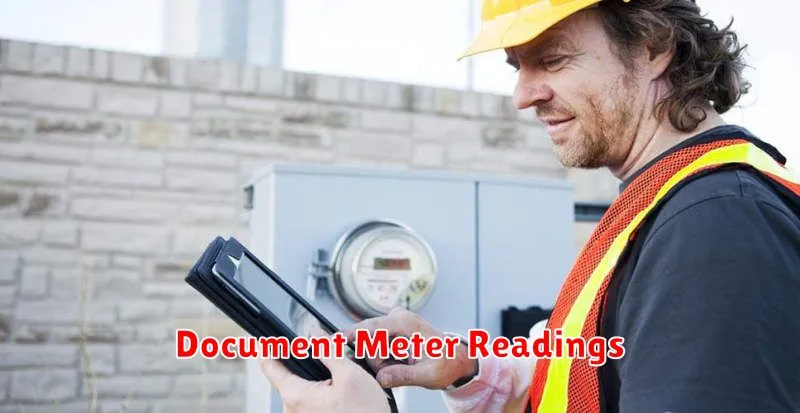Moving into a new home is an exciting milestone, but before you can settle in and enjoy your new space, there’s the essential task of setting up your utilities. This seemingly mundane chore can quickly become overwhelming if you’re not prepared. This guide provides a comprehensive walkthrough of how to set up utilities when you move in, covering everything from electricity and gas to water, internet, and trash services. Understanding the process, knowing the right timing, and having the necessary information readily available will make the transition smoother and ensure you have all the essential services functioning from the moment you step through the door.
From understanding the utility providers in your new area to scheduling connection dates and navigating account setup, we’ll cover the crucial steps to setting up your utilities when you move in. This guide aims to streamline the process, helping you avoid unnecessary delays or interruptions in service. We’ll address common questions, offer practical tips for a hassle-free experience, and empower you to confidently manage the essential setup of your electricity, gas, water, internet, and trash services so you can focus on enjoying your new home.
List of Utilities to Arrange
When moving into a new home, arranging utilities is a crucial first step. This list ensures you have the essential services connected before you settle in.
Essential Utilities:
- Electricity: Powers your lights, appliances, and HVAC system.
- Water: Provides clean water for drinking, cooking, and hygiene.
- Natural Gas/Heating Oil: Fuels your heating system, and potentially your stove and water heater.
Important Utilities:
- Internet & Cable/Satellite TV: For communication and entertainment.
- Trash & Recycling Collection: Ensures proper waste disposal.
Optional Utilities:
- Security System: For enhanced home safety.
- Landline Phone: Although less common, some may still prefer a landline.
Contact Utility Providers

Once you have your new address and move-in date, it’s time to contact the utility providers. Start this process at least two weeks before your move-in date to ensure services are active when you arrive. Delays can occur, and you want to avoid moving into a home without essential services.
Identify the utility companies servicing your new area. This information can often be found on the previous tenant’s bills, from the real estate agent, or by contacting the local municipality. Common utilities include:
- Electricity
- Gas
- Water
- Sewer
- Trash/Recycling
- Internet/Cable
Contact each company and schedule the start date for your services. You will likely need to provide your new address, move-in date, and possibly your social security number for credit checks. Some companies may require a deposit.
Schedule Activation Dates
Once you have chosen your utility providers, the next crucial step is scheduling your service activation dates. It is highly recommended to schedule these activations for the day you move in, or even a day before, to ensure you have essential services like electricity, water, and gas readily available.
Contact each company individually to arrange the activation. Have your new address and desired start date ready. Some companies may require a security deposit or credit check, so be prepared to provide this information if requested. Confirm the scheduled activation date and time with each provider and keep a record of the confirmation numbers.
Pro Tip: If possible, schedule a brief overlap between your old and new service periods to avoid any gaps in service during your move.
Understand Payment Terms
Before initiating utility services, it’s crucial to understand the payment terms. Different providers have varying payment schedules and due dates.
Common payment terms include monthly billing, bi-monthly billing, and budget billing. Monthly billing is the most typical, where you receive a bill each month for services used during the previous billing cycle. Bi-monthly billing occurs every two months. Budget billing averages your yearly utility costs and divides them into equal monthly payments, helping to avoid seasonal fluctuations.
Carefully review the chosen provider’s payment methods. Most companies accept various options, including online payments, automatic bank drafts, mail-in checks, and phone payments. Be aware of any potential late payment fees to avoid extra charges.
Inquire about deposit requirements. Some utility companies may require a security deposit, particularly for new customers or those with less-than-perfect credit history. Understand the terms of the deposit, including refund eligibility.
Document Meter Readings

Upon moving into your new residence, one of the first tasks should be documenting initial meter readings. This crucial step protects you from being charged for the previous occupant’s usage. Carefully locate all utility meters, which are typically found outside the property or in a designated utility area.
Record the readings for each meter, including electricity, gas, and water. Write down the exact numbers displayed, including any leading zeros or decimals. If the meter has multiple dials, note the reading on each dial in the correct order.
Take photos or videos of the meter readings. This serves as visual proof of your initial readings. Date and time stamp the photos if possible for added clarity.
Immediately report these readings to your utility providers. This officially establishes your responsibility for utility usage from that point forward.

